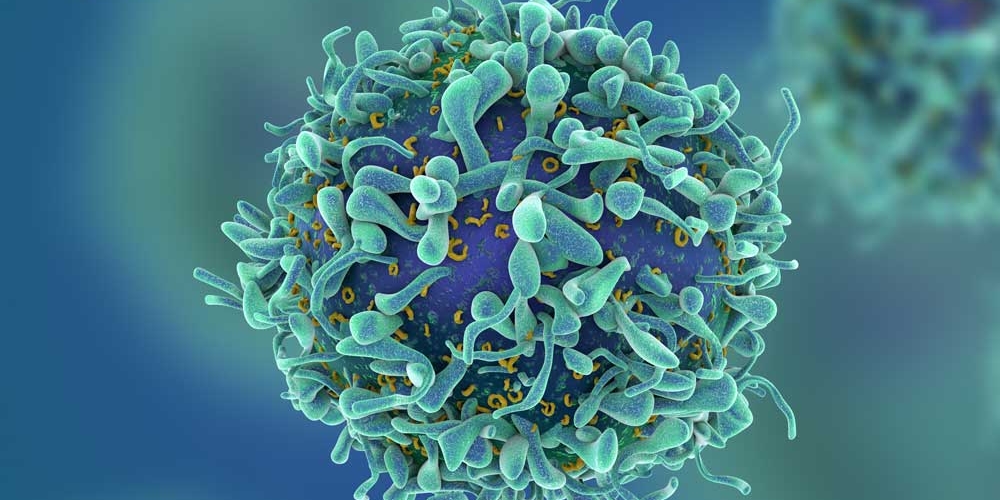Mar 19, 2021 | News
Biomarkers – Key Characteristics in the Early Detection of Cancer

Biomarkers – No, Not Eco-Friendly Pens But Key Characteristics in the Early Detection of Cancer
Blood tests can tell doctors a great deal about your health. A PanTum Detect blood test can help tell your doctor if you have cancerous cells in your body. But how? Biomarkers may sound like a new brand of eco-friendly stationery, but they are invaluable in the detection of cancer. Here’s what you need to know about how PanTum Detect uses biomarkers to help detect cancer and save lives.
What are biomarkers?
Biomarkers are characteristics of the body that can actually be measured. One biomarker that many people are familiar with is blood pressure. A simple blood pressure test can tell your doctor important information about how your heart is doing.
PanTum Detect also uses biomarkers as part of the diagnostic process. These biomarkers are called Apo10 and TKTL1 and can be measured in everyone. If your doctor took a sample from you right now and checked it, you’d have some degree of both of these biomarkers in your blood, but the levels would probably not be significant. However, when cancer starts to form it has a direct impact on both of these biomarkers.
About Apo10. The Apo10 biomarker shows the accumulation of any bad cells in your body. These don’t necessarily have to be cancerous cells, but a high score of Apo10 from your blood test could indicate cellular changes that could lead to cancer. This is similar to when a patient who has a smear test is told that they have pre-cancerous cell changes (graded as CINs). The great thing about Apo10 markers is that they can detect cancer in the earliest stages of development, which is when it is most treatable. If your PanTum Detect test shows high levels of Apo10, you may need to be monitored closely in case cancer develops, or early-stage cancer will be present, and this prompt detection gives you the best chance at successful treatment and a full recovery.
About TKTL1. TKTL1 is another important biomarker that can detect cancerous cells. Unfortunately, the TKTL1 biomarker increases once cancer has already set up home in your body and has made itself comfortable. It may not have spread yet, but much like a toddler with sticky hands learning to explore a new environment, unless you take immediate action, it will quickly start to leave traces of itself across your body. Once cancer spreads, a phenomenon known as metastasis, it is much, much harder to treat.
When you have a PanTum Detect blood test, the evaluation of your sample will look at the levels of each of these biomarkers to see how they score. Both scores are then combined to create one, final score that is used to determine whether your blood test result is positive or negative.
PanTum Detect testing is so successful because it combines both biomarkers in the assessment. This enables the detection of any cancer in its earliest stages, without overlooking the presence of the disease in patients who may be at more advanced stages but unaware of their condition. In short, this is the most comprehensive and non-invasive diagnostic tool in cancer primary care.
PanTum Detect is the first line of defence against cancer, enabling it to be diagnosed at the earliest and most treatable stage. You can find out more about PanTum Detect by visiting our diagnostics page. Our innovative PanTum Detect blood test is also available at the Centre for Health and Human Performance, 76 Harley Street, Marylebone, London W1G 7HH.
Resources: